
Frederick Douglass on the book that changed his life
03 September 1838
ON September 3, 1838, the enslaved man who became the most famous social reformer and abolitionist in American history set off on his escape to freedom. Frederick Douglass, dressed as a sailor and carrying forged identification papers, fled Maryland for New York with his few possessions, which included the book The Columbian Orator.
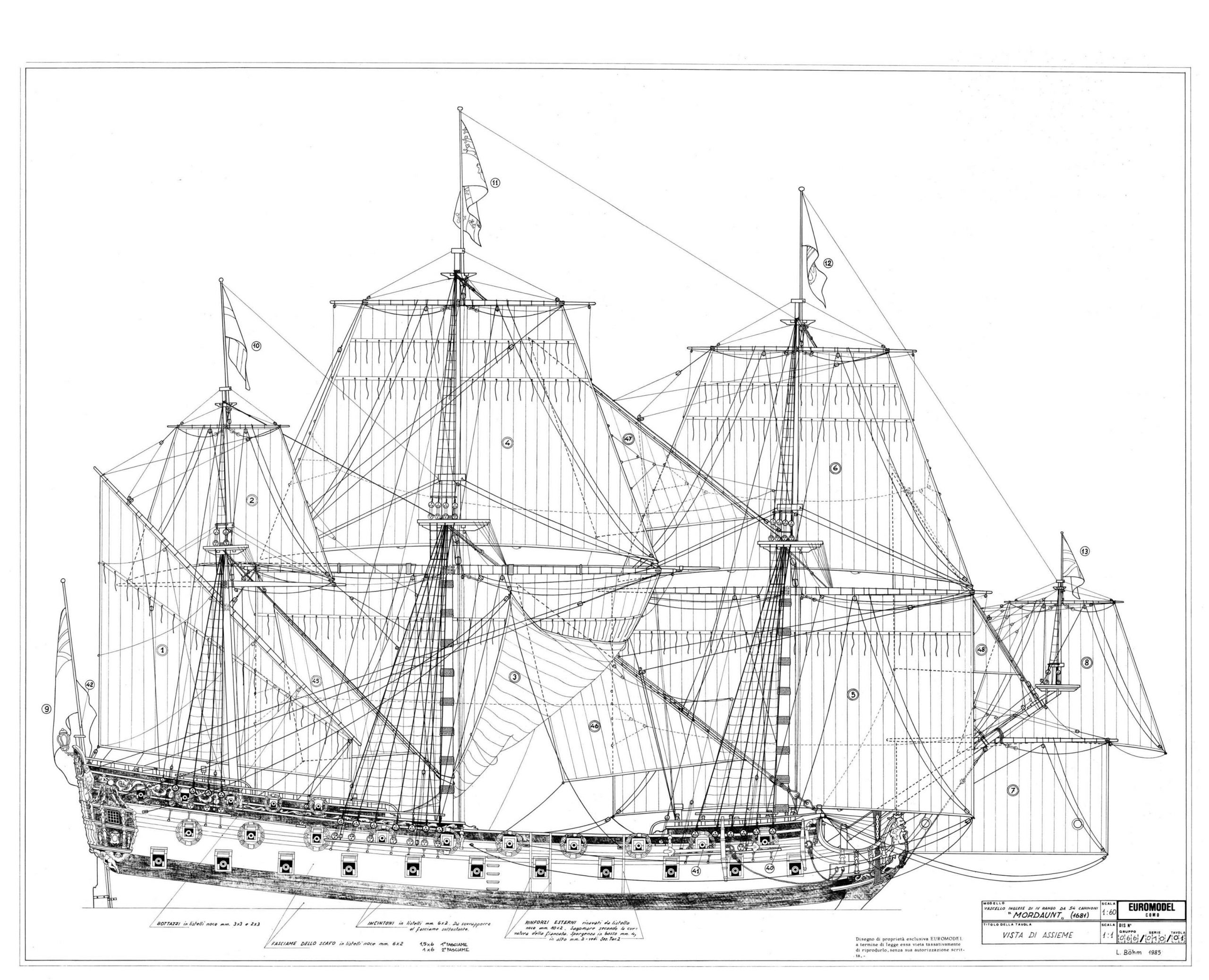
What the voyages of HMS Harwich reveal about the ‘instruments of empire’
23 April 1758
“AS ENGLAND pursued its campaigns in West Africa and the West Indies, its ships, sailors and soldiers traced the connections between the Jamaica garrison and the wider war. By their movements and actions, these instruments of empire bound the disparate regions of the Atlantic world to the slaving economy. The belligerent cruise of HMS Harwich offers a telling example,” writes Vincent Brown in his brilliant new book Tacky’s Revolt: The story of an Atlantic slave war.(1)
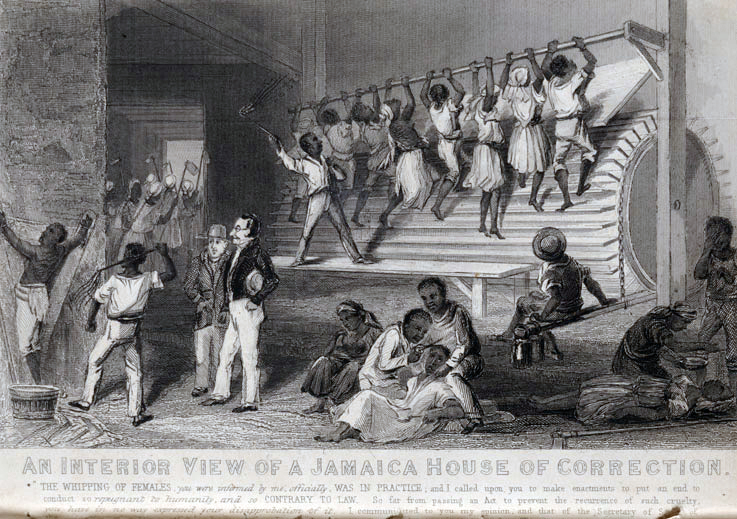
Former slave James Williams’s autobiography exposes the evils of post-emancipation Jamaica
20 June 1837
JAMES WILLIAMS’s Narrative of Events – one of the very few autobiographical texts by a Caribbean who had experienced slavery – was a key text in the transatlantic campaign to fully abolish the lingering legacies of slavery in Britain’s Caribbean colonies.
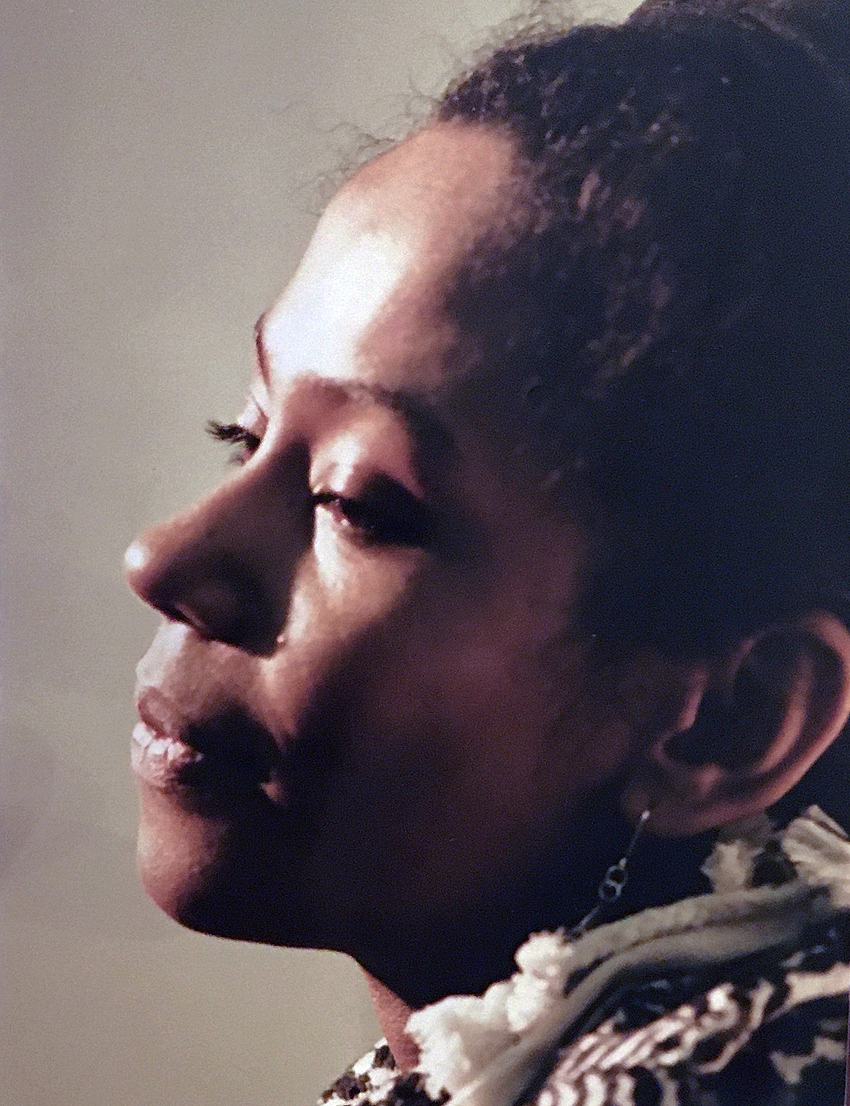
Aleema Gray on pioneer Rastafari filmmaker D Elmina Davis
04 January 1995
“WHAT does it mean to be Black? What does it mean to be a Black woman? And what does it mean to be a Black Rastafari woman?” In this essay, curator and academic Aleema Gray re-evaluates D. Elmina Davis’s 1988 documentary film Omega Rising Women of Rastafari in the context of the 1980s and the British Rastafari movement.
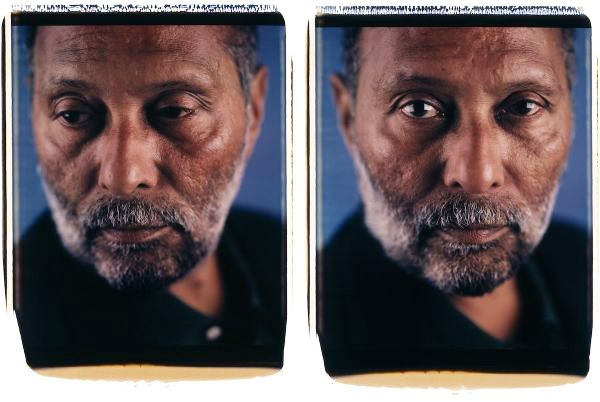
Professor Stuart Hall’s Desert Island Disks
13 February 2000
PROFESSOR STUART HALL was the first Black academic
castaway on the BBC Radio4 programme Desert Island Disks
where guests are invited to choose eight pieces of music they would
take with them if they were cast away on a desert island.
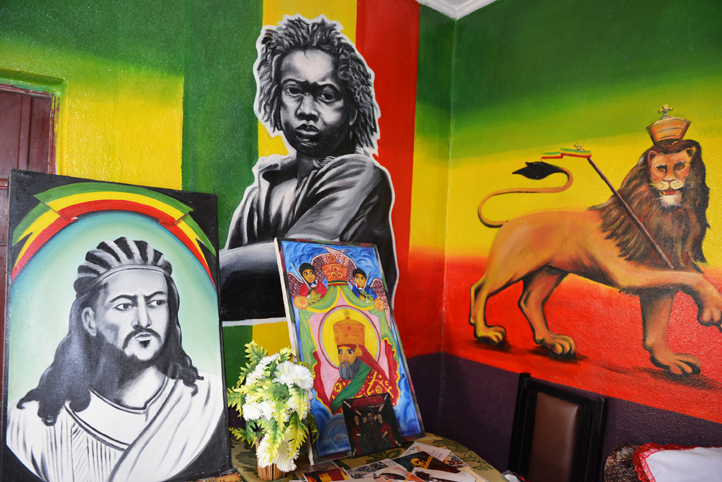
Rastafari is a valid religion, Catholics are told
19 January 1982
IT WAS a radical step: the Catholic Commission for Racial Justice, set up to advise Roman Catholic Bishops in England and Wales on how best to develop its ministry in a multicultural society, said they should start by recognising Rastafari as a valid religion.

Jean-Baptiste Belley-Mars, the former slave who abolished slavery in France
04 February 1794
JEAN-BAPISTE BELLEY-MARS was enslaved as a boy and taken to Saint-Domingue where he managed to purchase his freedom. He had a distinguished career in the French army before returning to the island where he became a prosperous planter. He was elected to represent the colony at the French National Convention in Paris in 1794 and is widely credited with persuading that body to abolish slavery in France and its overseas colonies following a powerful and emotive speech he delivered on February 4, 1794.

Horace Campbell on Coral Gardens, the Rastafari and Jamaican Independence
12 April 2013
THIS powerful testimony by Jamaican-born academic and writer Horace Campbell was written to commemorate the 50th anniversary of the Coral Gardens uprising. He combines his personal recollections and memories of that fateful Easter weekend with a penetrating analysis of the deep-seated causes of the conflict. He concludes by celebrating the dedicated Rastafari who continue to carry forward the messages of peace, truth and love as a holding operation until new forces emerge to fully overthrow the Babylonian system.

Talking Blues: the Black community speaks about its relationship with the police
05 June 1978
THE moral panic that followed the publication of The Shades of Grey report on policing in Handsworth and its central characterisation of the area as one terrorised by a gang of 200 criminal Dreadlocks provoked a powerful response from the black community. Within a few months the Affor community agency (1) had published Talking Blues, a 48-page collection of interviews with young black people, parents and church ministers that portrayed an altogether different reality – one of constant harassment, discrimination and racist behaviour on the part of the police.
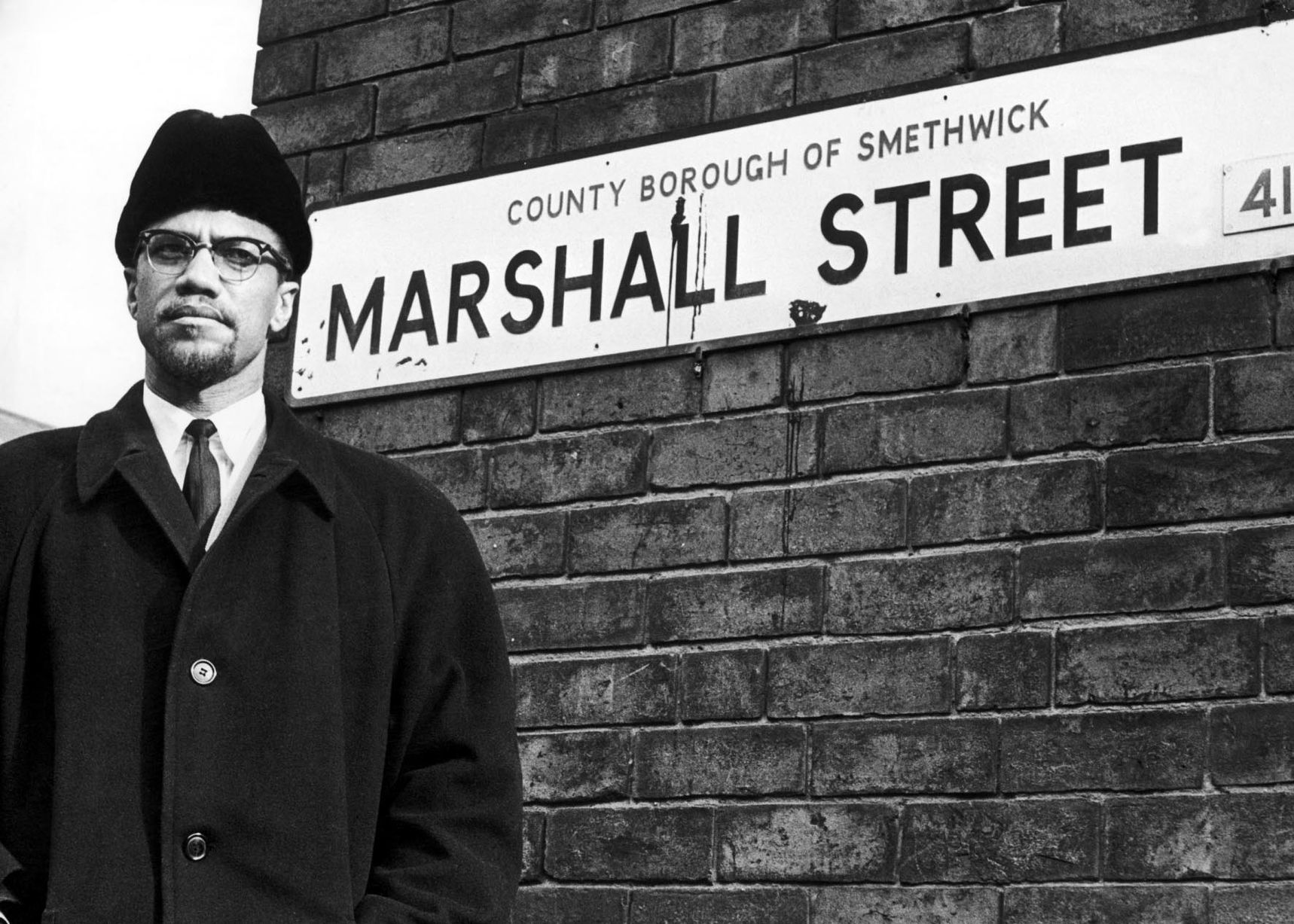
Malcolm X visits Smethwick at the invitation of the Indian Workers’ Association
12 February 1965
MALCOLM X, the human rights activist and iconic figure in the Black Power movement, made what turned out to be his last foreign trip – he was assassinated in New York nine days later – when he visited a row of terraced houses in Marshall Street, Smethwick in February 1965. He came at the invitation of the Indian Workers’ Association (IWA) to show solidarity with their struggle against the racist policies of the local Conservative council.
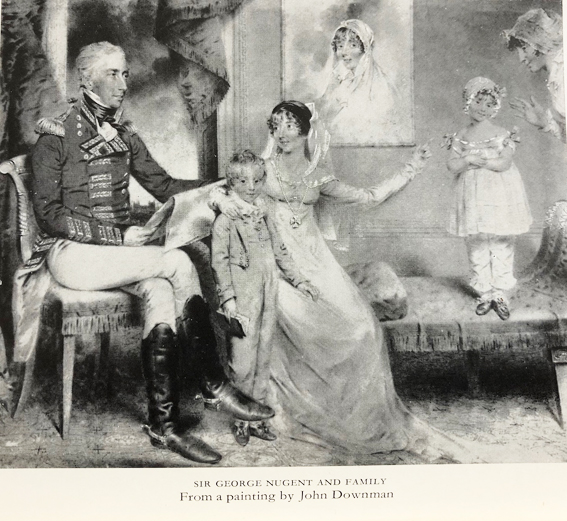
Lady Nugent dances with a negro, shocks her hosts and prompts fears of a rebellion
26 May 1803
LADY NUGENT throws a fete for her servants and begins the ball by dancing with an old black servant which causes consternation amongst her white ladies in waiting who fear that such familiarity might breed rebellion.

Matthew Lewis recounts an Anansi story about Mamma Luna
07 May 1816
ANANSI stories – which Mathew Lewis(1) calls Nancy stories – originated in West Africa. They were brought to Jamaica and other parts of the New World by enslaved Ashanti people, and were handed down orally through generations. Anansi is sometimes a spider, sometimes takes human form, and is sometimes a combination of the two. Anansi is a complex figure: he (or she) is an inventive trickster, cunning and smart in the extreme and was an important character to generations of enslaved people, demonstrating the ability of the weak and the downtrodden to use brains, wit and cunning to triumph over the oppressor.
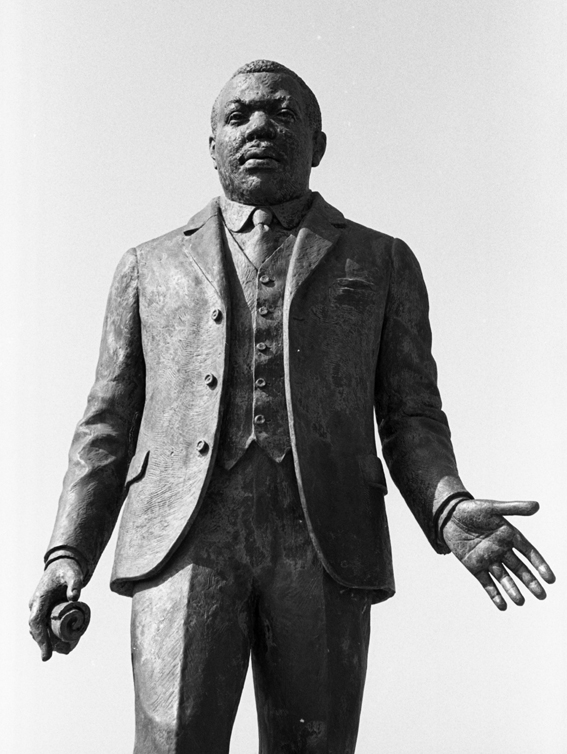
Marcus Garvey: The time has come for us to proclaim our freedom
05 April 1919
IT IS difficult to overstate the threat that Marcus Garvey and his United Negro Improvement Association posed to colonial powers and the status quo in the USA in the years following the First World War. As Garvey observes in this speech, black Americans fought for Europe’s freedom: now they were ready to fight for Africa’s freedom.
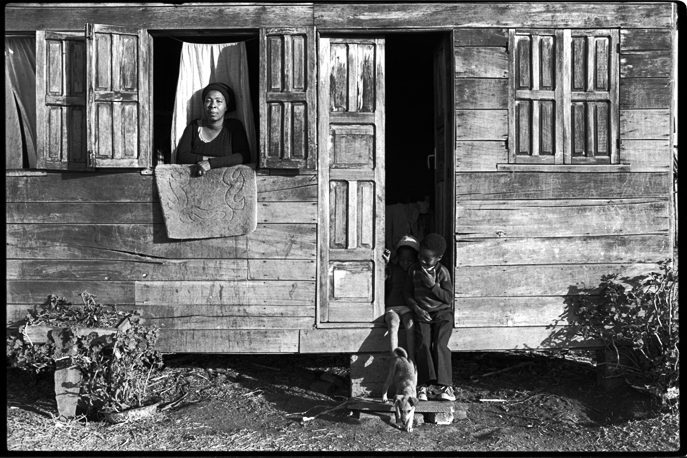
Meeting Inez Baugh in Shashemene: to be a pioneer is very dread
06 February 1981
DURING my stay in Shashemene I met many remarkable people, none more so than Inez Baugh who told me: “I came here on February 8, 1968 with two daughters and my husband and two months later Haile Selassie came to visit the farm. I have been here 13 years. It’s nice here if you’re a millionaire but for someone who is poor it’s very hard. Sometimes I get very blues. To be a pioneer is very dread.”

Matthew Lewis on the cruellest proprietor that ever disgraced Jamaica
29 January 1817
IN HIS Journal of a West Indian Proprietor Lewis recounts a notorious incident from 1788 when the owner of an adjacent estate ordered that a dying slave be carried to a gulley and left to die. The story became the subject of a popular song, Carry Him Along.

The rise and fall of Port Royal “the wickedest city in the world”
07 June 1692
FOLLOWING the capture of Jamaica from the Spanish in May, 1655, the English forces left to guard the island began building a fort to control access to Kingston harbour and a small community, known as The Point, grew up around it. After the overthrow of Cromwell and the Restoration of the Monarchy in 1660, the Point was renamed Port Royal and almost overnight it became the haven of choice for pirates and privateers from all over the world when Governor Doyley invited the Brethren of the Coast – a syndicate of pirates made famous in recent times by the Pirates of the Caribbean movies – to make it their home port.

Antigua Barbuda Prime Minister Gaston Brown apologises for oppression of Rastafari
01 May 2018
ANTIGUA and Barbuda Prime Minister Gaston Browne apologised to members of the Rastafari community on May 1, 2018 for decades of oppression and marginalisation in an open letter which he subsequently delivered in parliament.

Enoch Powell’s “Rivers of Blood” speech
20 April 1968
THIS is the full text of Enoch Powell’s speech delivered to a Conservative Association meeting at the Midland Hotel (later known as The Burlington Hotel) in New Street, Birmingham on April 20, 1968. The speech, criticising Commonwealth immigration and anti-discrimination legislation, was made prior to the second reading of the Labour government’s Race Relations Bill 1968. While Powell did not consider himself a racist, The Economist claimed in an editorial on the 50th anniversary of the speech that his rhetoric had a “lasting and malign effect … on the way in which race and migration are discussed, or not discussed.”

Peter Tosh at the One Love Peace Concert: the same Bucky Massa business
22 April 1978
THE ONE LOVE Peace Concert was an attempt to bring an end to the political civil war in Jamaica caused by rival gangs supporting the two major political parties – the JLP and the PNP. More than 35,000 people crowded into Kingston’s National Stadium to hear 16 of the country’s top reggae acts. The evening culminated in Bob Marley’s performance when he forced rival leaders Michael Manley and Edward Seaga to join hands. Although this act grabbed most of the headlines at the time, many people believe it was Peter Tosh who made the most memorable contribution to the evening.

Bligh and the breadfruit: the role of botany in Empire
05 February 1793
IN MY household, nothing speaks more powerfully to nostalgic memories of Jamaica than a freshly roasted breadfruit, its charred exterior peeled away to reveal the firm, sweet, yellow flesh. Eaten in segments doused in black pepper and melted butter, it is the food of the Gods. It’s almost as good the following day, refried, for breakfast. But breadfruit is not native to the Caribbean: like other exotic fruits which have become synonymous with Jamaica such as coconuts and mangos, they arrived as part of the imperial arms race around food security that accompanied the slave trade. When William Bligh, who survived one of the most infamous mutinies in British naval history on his first attempt to transport examples of this super food to the Caribbean, finally landed in Jamaica in 1793 on his second voyage from Tahiti with his cargo of breadfruit saplings, he was fulfilling a key role in the expansion of the British empire.
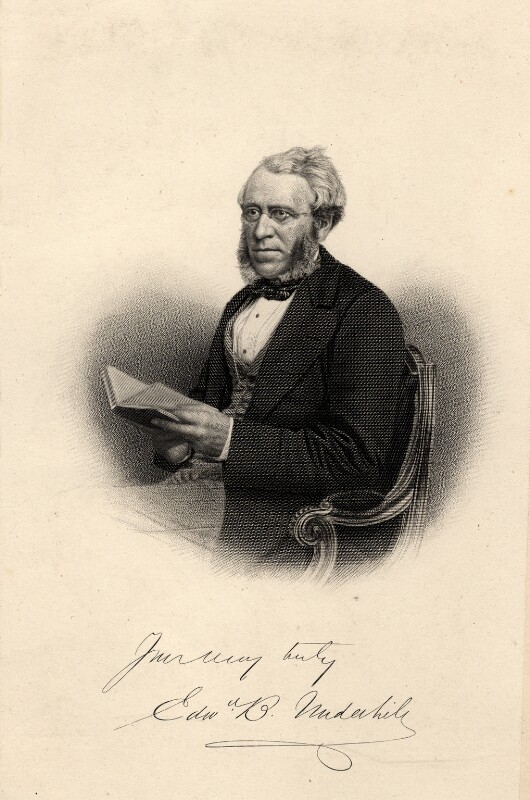
The Underhill Letter and the Morant Bay Rebellion
05 January 1865
EDWARD BEAN UNDERHILL (1813-1901) was secretary of the Baptist Missionary Society from July 1849 until his death. He visited the Society’s centres in India, Ceylon and the Caribbean and wrote in great detail about his experiences. His The West Indies: their Social and Religious Condition was published in 1862, and the worsening economic conditions in Jamaica prompted him to write to the Colonial Secretary Edward Cardwell in January 1865. The letter, which catalogued the devastating effect of adverse weather and a complete reliance on sugar production, estimated that 340,000 Jamaicans were near starvation. The letter was widely circulated in Jamaica by Baptist missionaries and Governor Eyre blamed Underwood for causing the unrest that led to the Morant Bay Rebellion later the same year.

Matthew Lewis on ‘the highest object of the brown females of Jamaica’
08 February 1816
DURING an overnight stop in Rio Bueno en route to his estate in Cornwall, Lewis falls into conversation with his landlady – “a very pretty brown girl.” She tells Lewis she is the wife of an English merchant in Kingston who has provided her with a house. Lewis comments: “This kind of establishment is the highest object of the brown females of Jamaica; they seldom marry men of their own colour, but lay themselves out to captivate some white person who takes them for mistresses, under the appellation of housekeepers.” Lewis ends his dairy entry with a patronising jingle about these ambitions. His observations about mulatto women clearly reflect prevailing beliefs about the sexual appetites of women of colour and they also underline the way in which European prejudices based on race, colour and caste had become internalised at every level of Jamaican society.
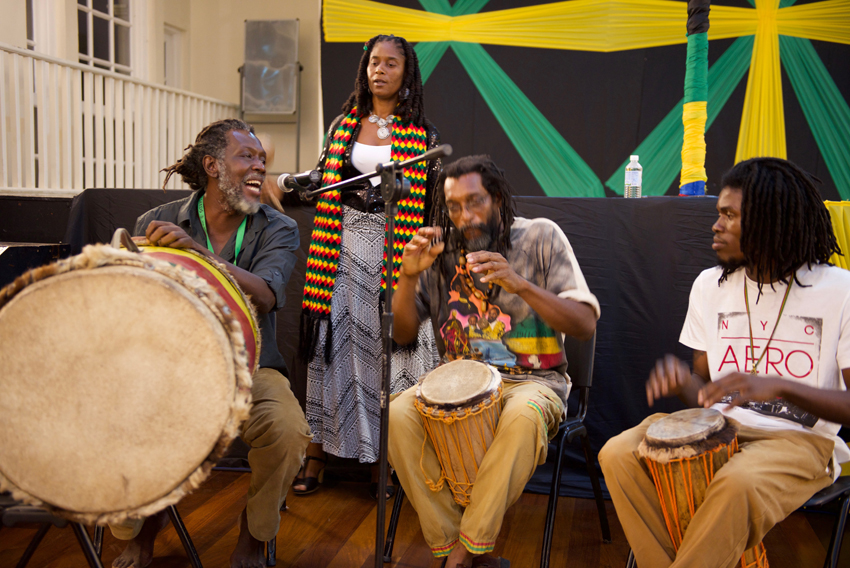
Report on the Nyabinghi Order by Frederico Philos
07 December 1935
THE first recorded instance of the word ‘Nyabinghi’ (1) entering Jamaican cultural discourse that I can discover comes with the publication of an account of the Nya-Binghi Order in Ethiopia and the Congo in The Jamaica Times, published in December 1935, just a few months after Italy had invaded Ethiopia. The article is clearly a crude piece of Fascist propaganda written to legitimise Mussolini’s colonial ambitions in the Horn of Africa. Nevertheless, it was embraced by early Rasta leaders and given an alternative reading and interpretation which led directly to the formation of the Nyabinghi Order of Rastafari in Jamaica.

Haile Selassie visits Jamaica
21 April 1966
DAVID KATZ – author, DJ and reggae historian – describes the Ethiopian leader’s historic 1966 visit to Jamaica and the profound impact it had on the development of music on the island.
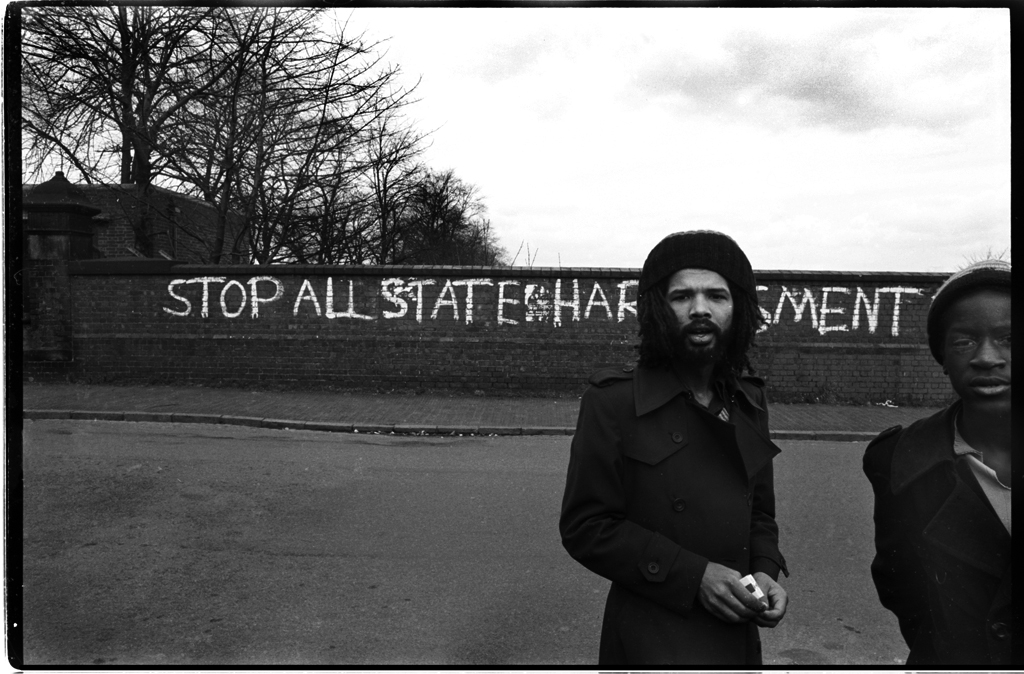
Shades of Grey: A report on Police-West Indian Relations in Handsworth
08 December 1977
JOHN BROWN, a lecturer at the Cranfield Institute of Education was invited to study policing methods in Handsworth in the summer of 1977 following fears expressed by many community leaders that police were routinely using ancient laws enacted in the period of the Napoleonic wars to stop and search young black men for no other reason than that they were young and black. Many people feared that these tactics would lead eventually to violent retaliation.
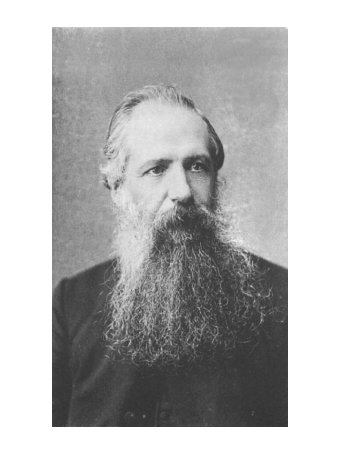
Henry Clarke on the negro-hating, slave-loving oligarchy in Jamaica
31 December 1865
HENRY CLARKE, who died in Jamaica in 1907 aged 79, emigrated to the island in 1847 to take up a teaching post at Savanna La Mar. He left behind an extraordinary amount of personal writing including a six-volume diary covering the whole of his life. When the Jamaican House of Assembly was finally dissolved to make way for Crown government following the Morant Bay Rebellion in 1865, Henry wrote that it was an improvement for it delivered the local poor “out of the hands of that slavery-loving oligarchy which for 200 years has so mightily oppressed them”.
Read more
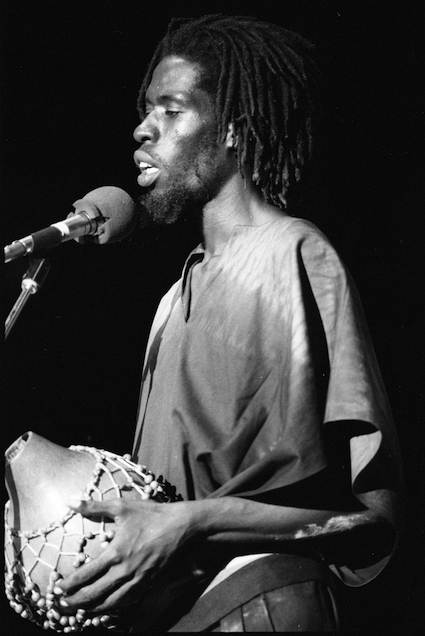
Michael Smith: Jamaica’s greatest dub poet talks to Paul Bradshaw
17 August 1983
MIKEY SMITH’s brutal murder on 17 August, 1983 robbed Jamaica of one of its most visionary and talented poets. His album Mi Cyaan Believe It is a classic, and in my opinion, one of the greatest reggae-dub poetry albums ever made.

Anthony Winkler: an excerpt from The Lunatic
18 September 2015
ANTHONY WINKLER, who died on 18 September 2015, is best known for his outrageously funny novel The Lunatic which was published in 1987 and subsequently made into a very successful film four years later. The Lunatic combines elements of magic realism, a wonderful, felicitous use of language that effortlessly blends standard English with Jamaican patois and an almost surreal, absurdist sense of humour to expose some of the dangerous social ills that afflict Jamaica.
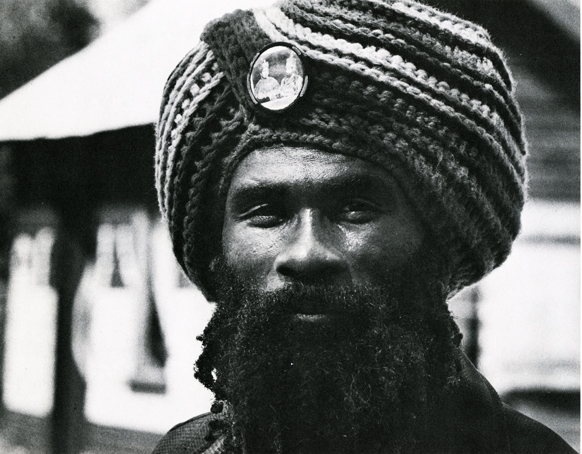
Ras Hu-I: Merrise interviews the Rasta Doctor
07 August 1981
RAS HU-I was a celebrated Rasta doctor whose clinic was located near the D&G bottling plant in Reading, just outside Montego Bay. When Merrise and I were in Jamaica in 1981, we were staying only a mile or so from his clinic. I wanted to go to try to interview him, but, to be honest, I was getting a little worn down by the constant interrogation which accompanied my every interaction with Rastas. Also, I was still coming to terms with the idea that I was a Backra man. Merrise occasionally suffered from migraine so I suggested that she might go and interview Ras Hu-I about his natural remedies. So she did. The quotes which follow are from the tape she brought back that day.
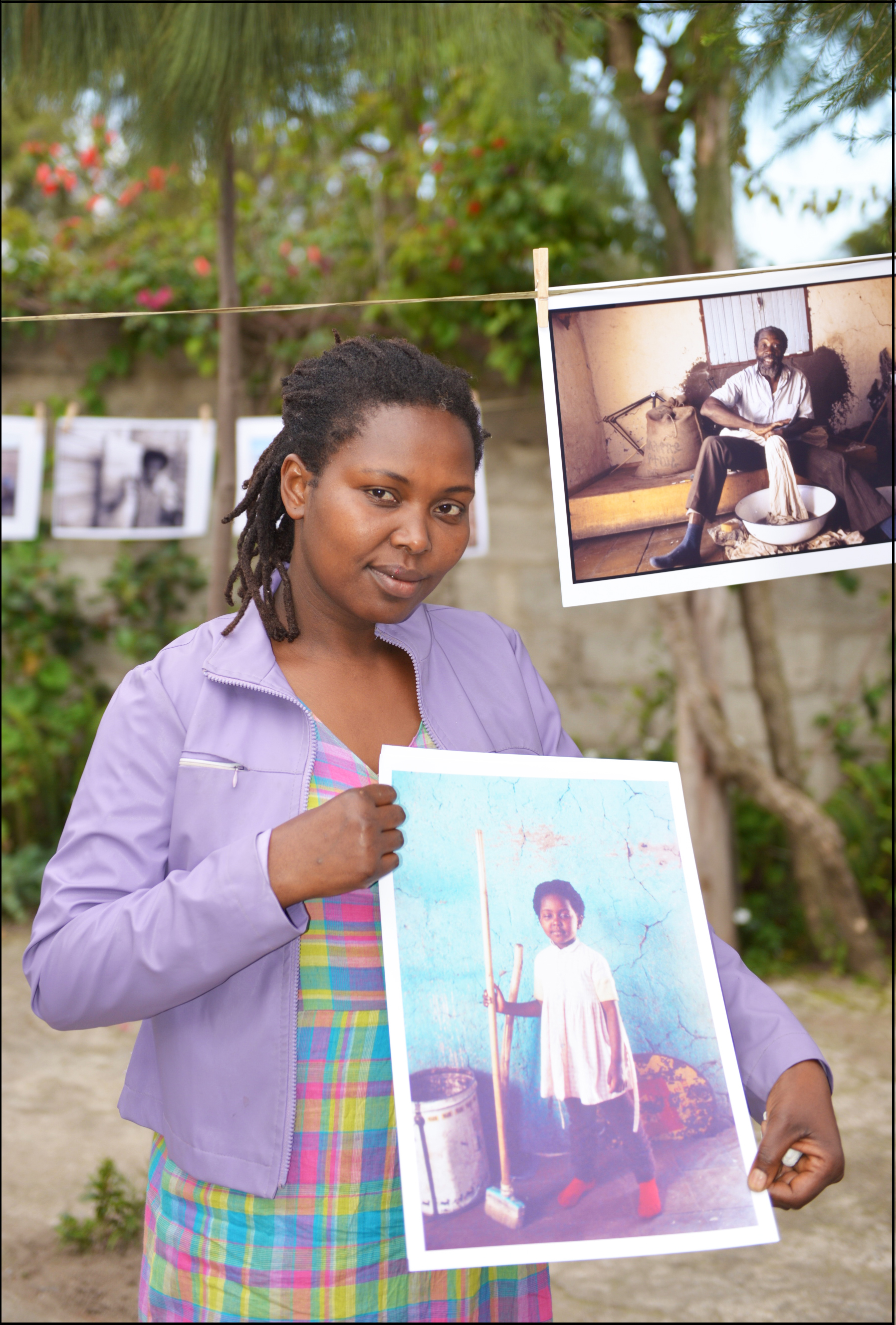
Shashemene Pioneers Pop-Up Exhibition
14 July 2013
IN 2013, more than 30 years after my first visit, I returned to spend time with the Rasta community in Shashemene, Ethiopia to work with Italian filmmaker Giulia Amati. As part of the project I created a pop-up exhibition of 70 photographs I had taken in 1981. This report is from my diary of that day.
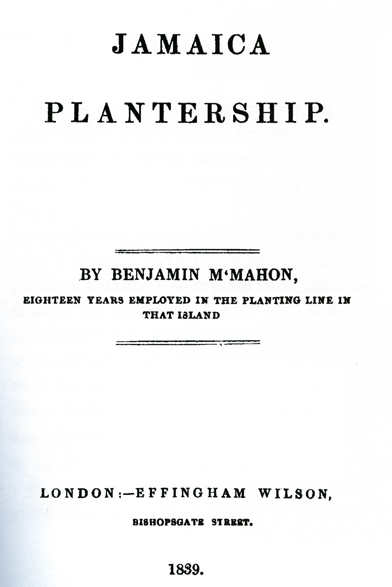
Benjamin McMahon: Jamaica Plantership
20 July 1822
BENJAMIN McMAHON spent 18 years working as a bookkeeper and overseer on Jamaican sugar estates before leaving the island in 1837. He was employed on 24 different estates and his autobiography, published in London in 1839, recounts a litany of cruel and inhuman treatments meted out to enslaved people. Here he recounts his experiences on Crawle Estate and Harmony Hall.
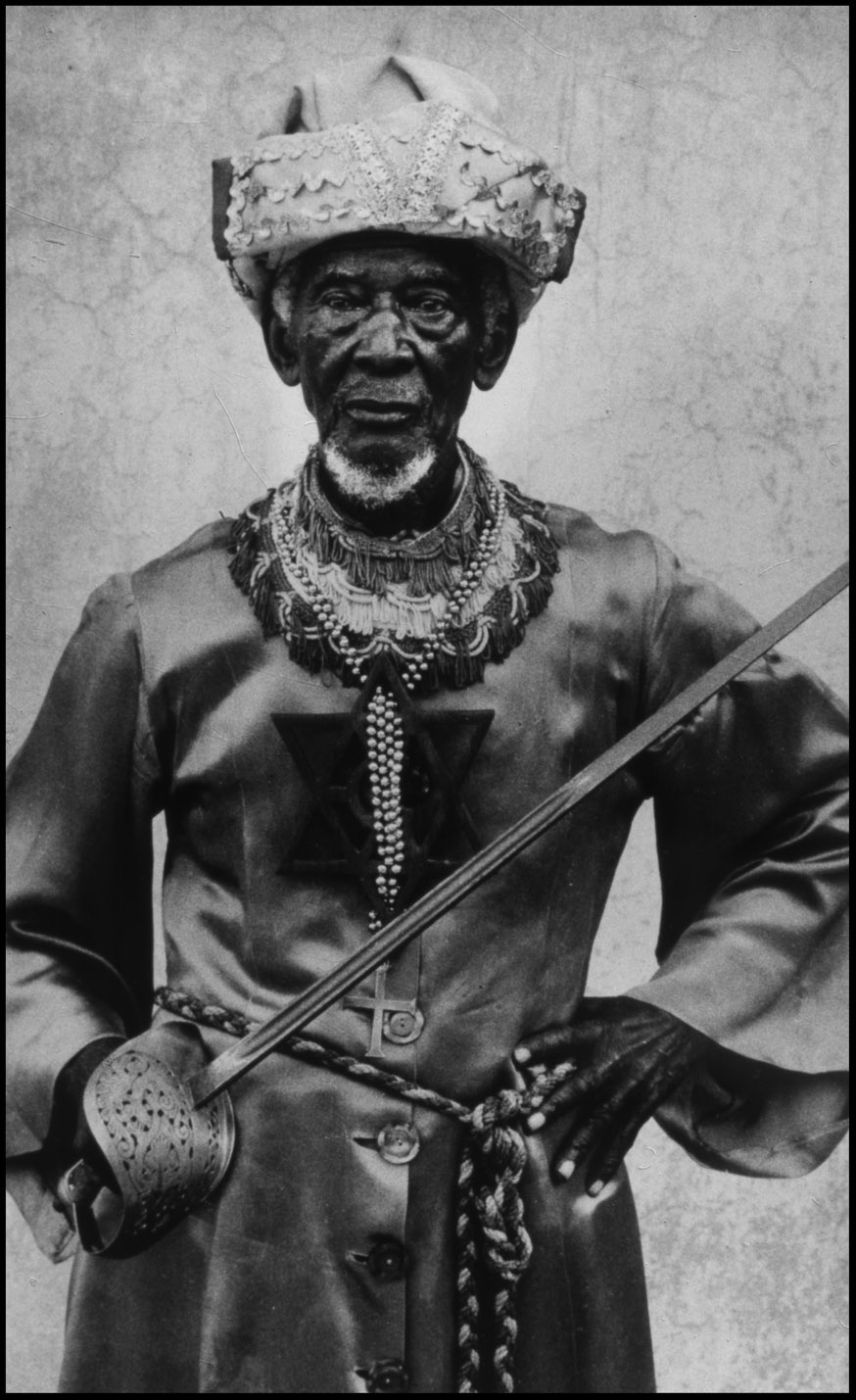
An audience with Joseph Nathaniel Hibbert, Rastafari patriarch
23 July 1983
THIS IS an account of the interview I conducted with Father Joseph Hibbert, one of the first people to proclaim the divinity of Haile Selassie and a key figure in the early development of Rastafari in Jamaica in the 1930s.

The first Pan African Conference
23-25 July 1900
PAN-AFRICANIST ideals emerged in the late nineteenth century in response to European colonization and exploitation of the African continent. Pan-Africanist philosophy held that slavery and colonialism depended on and encouraged negative, unfounded categorizations of the race, culture, and values of African people. These destructive beliefs in turn gave birth to intensified forms of racism, the likes of which Pan-Africanism sought to eliminate. The first conference was held in London in Westminster Town Hall (now Caxton Hall) and was attended by 37 delegates and 10 observers.
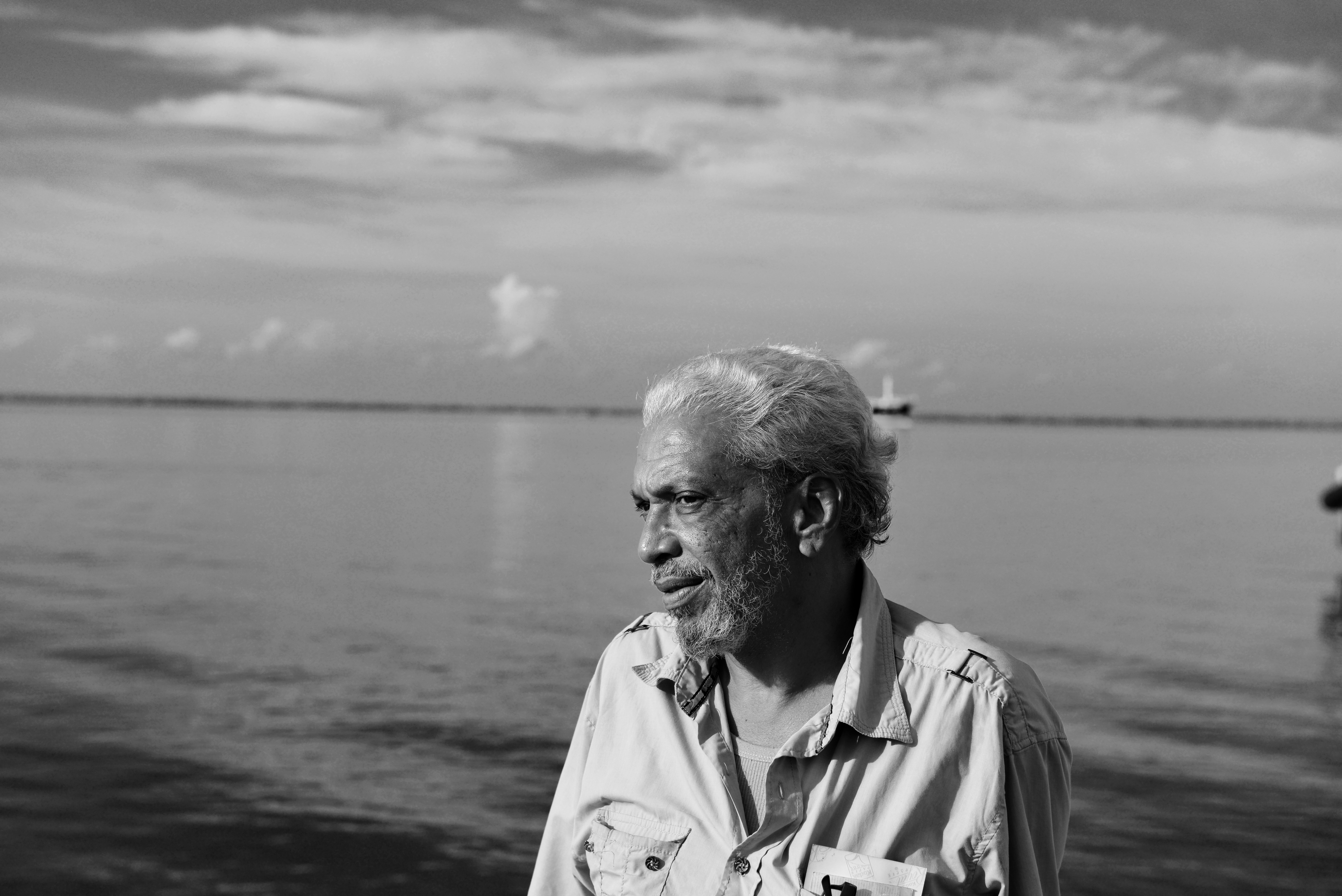
Driving around Trench Town with Ivan Coore
13 September 2014
IVAN COORE, who died on September 7, 2019, came from one of Jamaica’s elite families. His father David Coore was a lawyer who helped draft the Jamaica Constitution in 1961 and later served as Michael Manley’s deputy in the People’s National Party Government of the 1970s. His younger brother Steven ‘Cat’ Coore is a founder member of the legendary Third World reggae band. Ivan became a Rasta in the early 1970s while still at school and in 1973, at the age of 19, accompanied Vernon Carrington – Brother Gad, founder of the 12 Tribes of Israel Rasta mansion – on a fact-finding visit to Ethiopia. He subsequently decided to stay and study at the University in Addis Ababa. The following is a transcript of Ivan talking about the turbulent times he lived through in Ethiopia following the overthrow of HIM Haile Selassie, recorded while we were driving around Trench Town, Jamaica, in 2014.
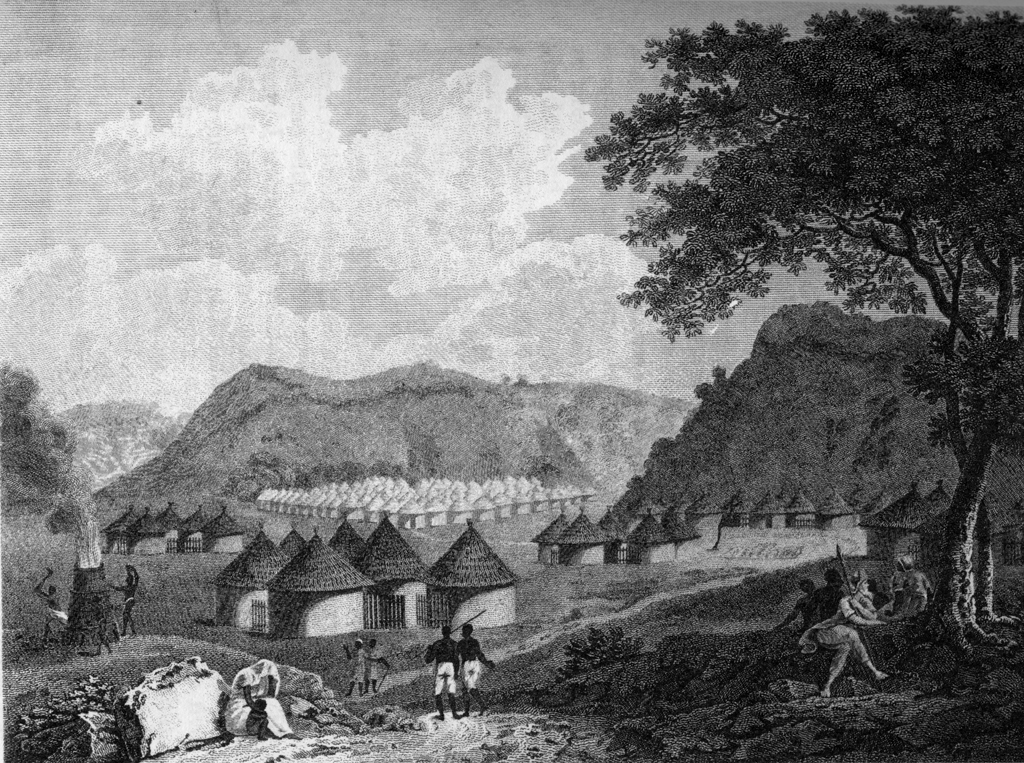
Mungo Park: How I was saved by an African slave trader
16 September 1796
ALMOST a year into his journey, Park arrives in the town of Kamalia in a terrible state. Ravaged by fever, weak from hunger and with his clothes in rags, he is near death. He is received by a Muslim slave trader called Karfa Taura who offers him food and accommodation in return for the future payment of one slave.
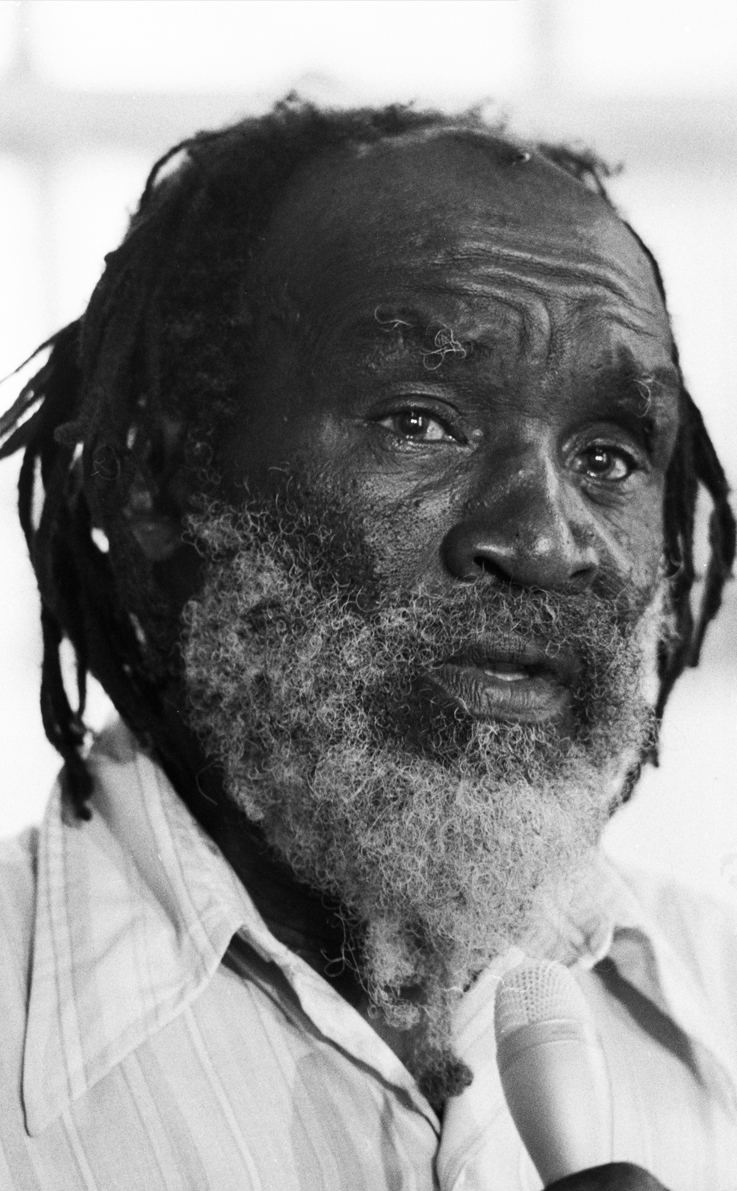
Treatise on the Rastafarian Movement by Ras Sam Brown
01 April 1966
RAS SAM BROWN was one of the first Rastafari to publish a manifesto summarising the beliefs of the movement. He first came to public attention during the 1961 election campaign in Jamaica when he formed his Suffering People’s Party. Although he was not widely supported because many Rastas declined to be involved in ‘Politricks’, his influence was widespread and Leonard Barrett’s pioneering 1977 study of the movement, The Rastafarians, relied heavily on interviews with Brown.

Noel Dyer sets out to walk to Ethiopia
17 September 1964
I MET Noel Dyer during my stay in Ethiopia in 1981. One evening, early in February, we sat down in his modestly furnished front room, with just a small oil lamp for light. He scrabbled around in the drawer of his desk, scooped together the last remains of his supply of ganja, built a spliff and started on his tale.

Marcus Garvey: If you believe the Negro has a soul
18 August 1921
“THE GREAT problem of the Negro for the last 500 years,” Marcus Garvey observes in this rousing speech, “has been that of disunity. No one or no organization ever succeeded in uniting the Negro race. But within the last four years, the Universal Negro Improvement Association has worked wonders. It is bringing together in one fold four million organized Negroes who are scattered in all parts of the world.”
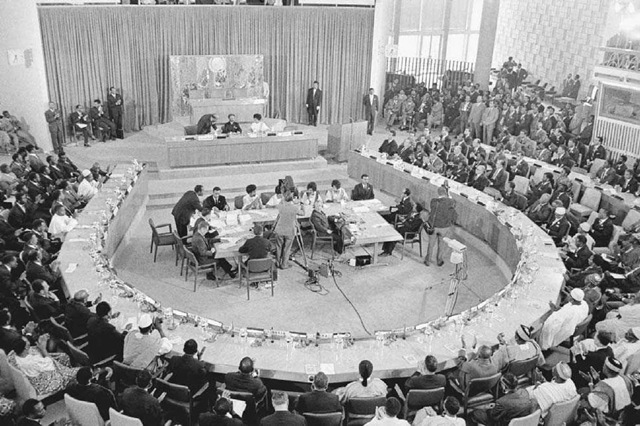
The Organisation for African Unity (OAU) established
25 May 1963
THE Organization for African Unity (OAU) was formally established on May 25, 1963 with a permanent headquarters in Addis Ababa, Ethiopia. HIM Haile Selassie, Emperor of Ethiopia, was selected as the first President.
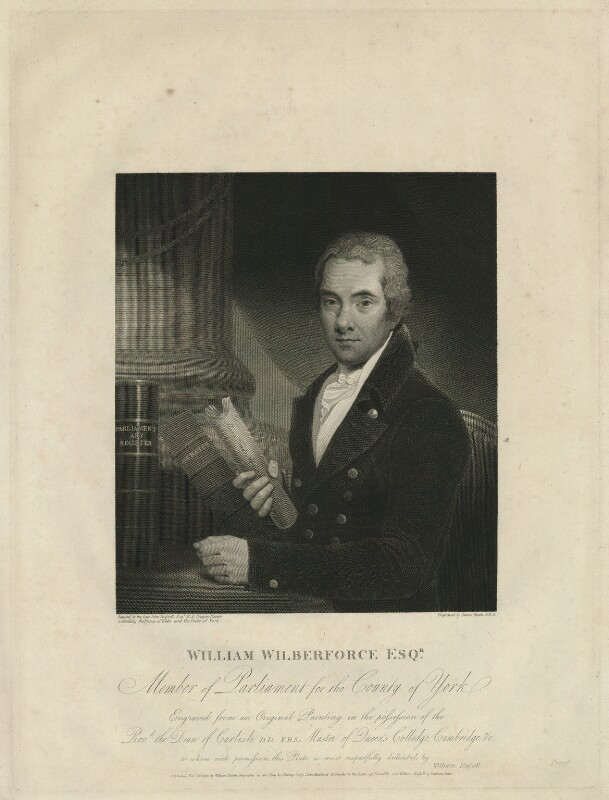
William Wilberforce introduces a Bill to outlaw the slave trade
12 May 1789
WILLIAM WILBERFORCE’s involvement in the abolition movement was undoubtedly motivated by his desire to put his evangelical Christian principles into action. Along with fellow members of the Clapham Sect – a group of social reformers who attended Holy Trinity Church on Clapham Common – he was repulsed by the trade in human beings, the greed and avarice of the traders and the moral bankruptcy of the planter-owners. It may come as a surprise, then, to find that his speech introducing his Bill to outlaw the slave trade is virtually free of moralising, Christian or otherwise. Instead, he takes a forensic, fact-based approach to dismantle the arguments of his opponents.
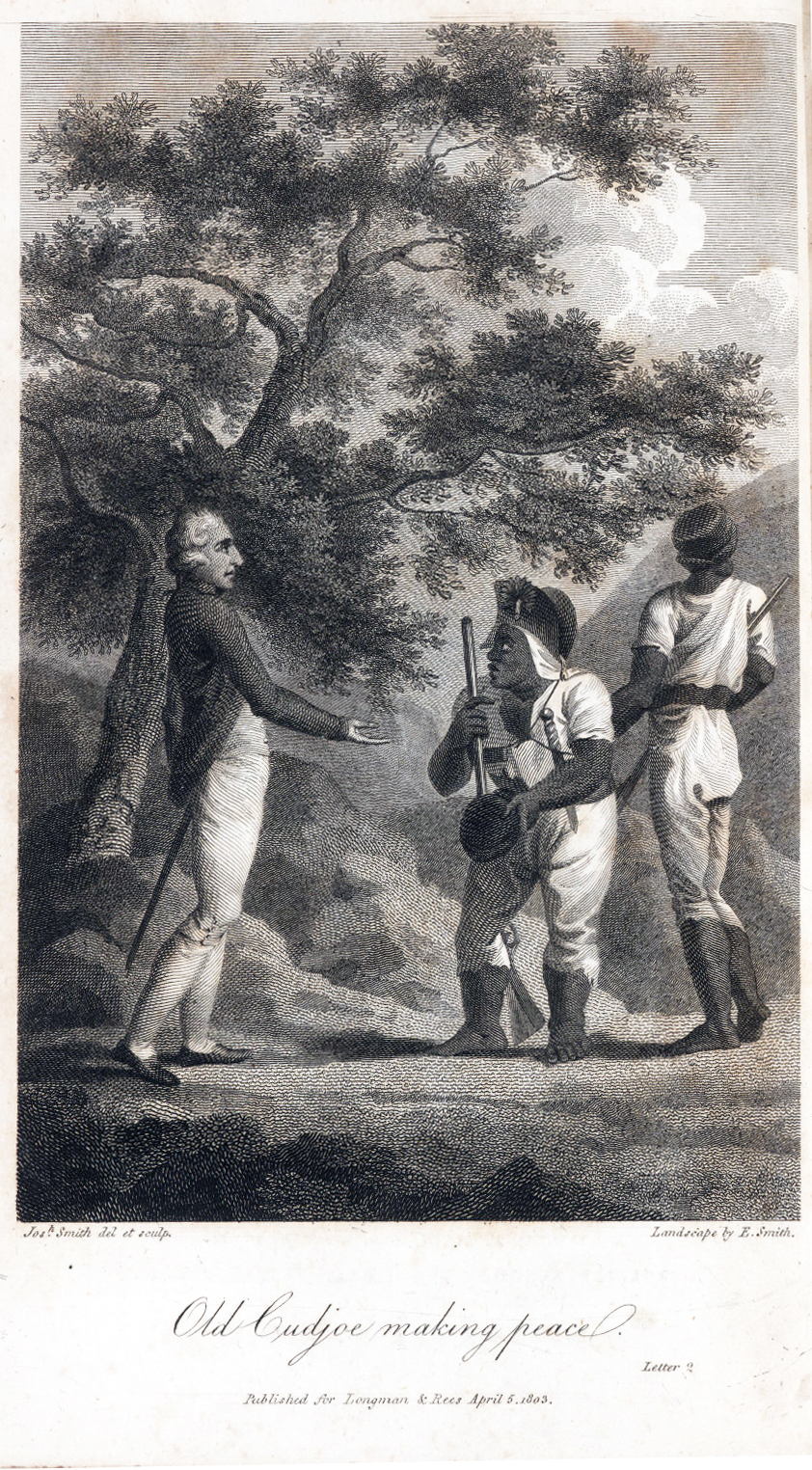
Articles of pacification with the Maroons of Trelawney Town
01 March 1738
WHEN THE English forces landed in Jamaica in May 1655, they quickly routed the small Spanish garrison. However, they held off enforcing the surrender for a few days thus allowing most of the Spanish to escape to Cuba. Significantly, the Spaniards also freed their slaves and left them behind in the mountains with vague instructions to harass the English until troops for the anticipated re-conquest could be raised. These freed slaves, later known as Maroons, quickly organised themselves into a highly efficient fighting force. For more than 80 years they waged a devastating guerrilla war against the English.

Matthew Lewis describes the process of making sugar
11 January 1816
MATTHEW LEWIS is chiefly remembered as the author of the sensational Gothic novel The Monk, published in 1796. He was, however, a slave-owner and inherited two large plantations in Jamaica which he visited twice, in 1815 and 1817. His anecdotal record, Journal of a West Indian Proprietor, is full of vivid descriptions of plantation life – albeit from the perspective of a slave-owner.
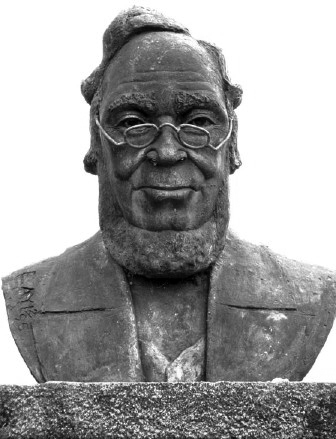
Rev Hope Masterton Waddell’s report on the Christmas Rebellion
27 December 1831
REV HOPE MASTERTON WADDELL was an Irish-born missionary who served in Jamaica and then Calabar, Nigeria. He arrived in the Caribbean when the struggle against slavery was reaching crisis point. Sam Sharpe, an enslaved man who was a literate and well respected deacon in charge of a missionary chapel in Montego Bay, was agitating for complete emancipation. At Christmas 1831, Sharpe – using the network of Native Baptist churches – organised a rebellion in the mistaken belief that freedom had already been granted by the British Parliament but was being withheld by the planters. His plan was to withhold labour at a time when the cane needed to be cut, but events quickly spiralled out of control, as Masterton Waddell recounts.
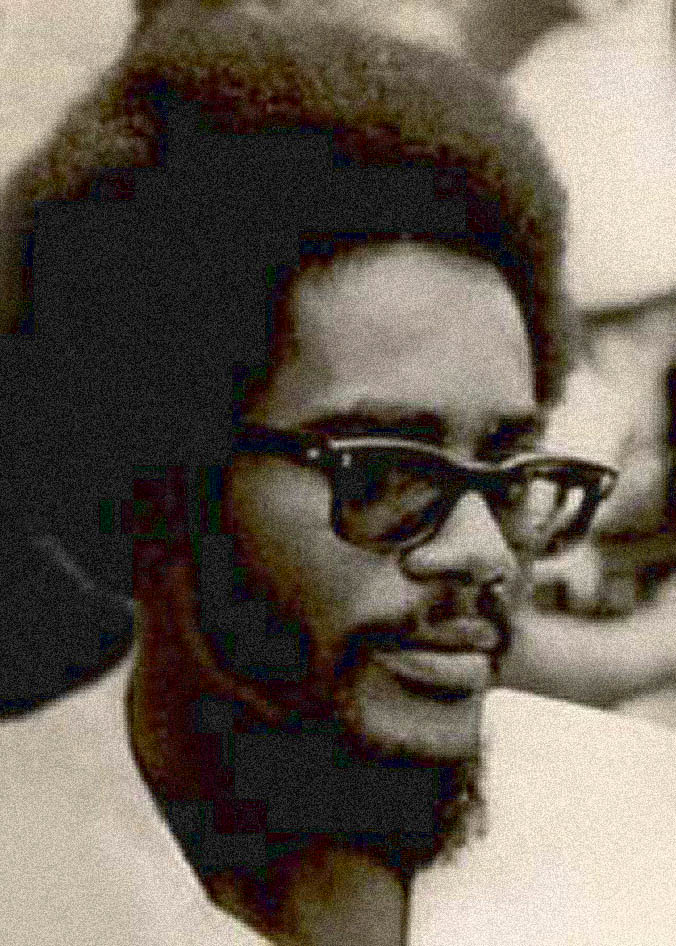
Walter Rodney: The Groundings with my Brothers
18 October 1968
IN THIS excerpt from a speech given in Montréal following his banning by the Jamaican authorities a few days earlier, Walter Rodney, the Guyanese-born academic and activist, warns against being seduced by the myth of a harmonious multi-racial society. He describes how he got real knowledge and understanding from Rastafari, the least regarded, most despised section of society. Finally, Rodney stresses the importance of the black intellectual attaching himself to the activity of the black masses.
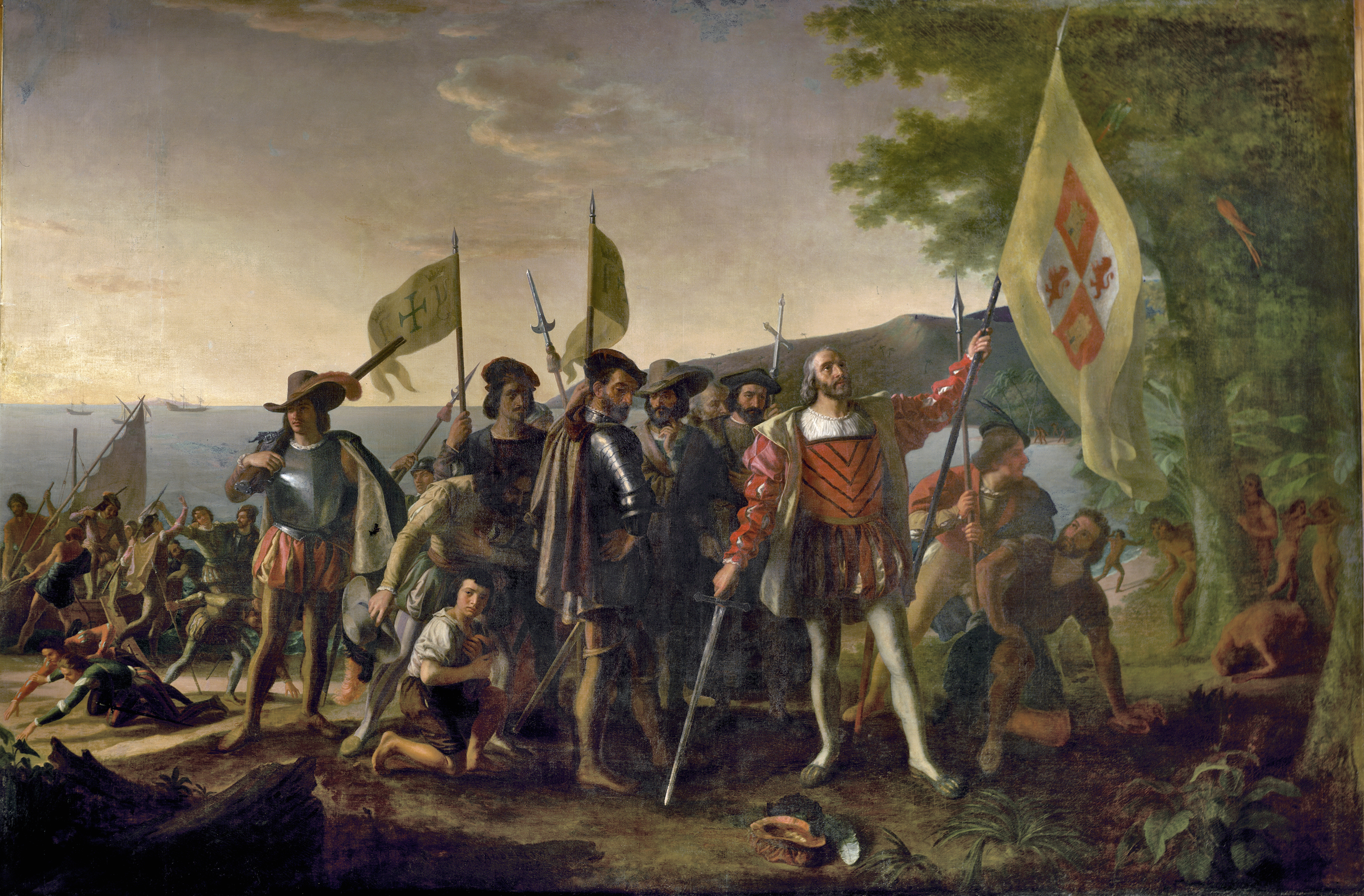
Columbus and the decisive moment in Caribbean history
14 October 1492
THIRTY FIVE DAYS after leaving Gomera in the Canary Islands, on his first voyage to the New World, Christopher Columbus sighted an island which the native Taino people called Guanahani, and which he renamed San Salvador (Holy Saviour). He landed on October 12 and then sailed around the island. This is an excerpt from his log.
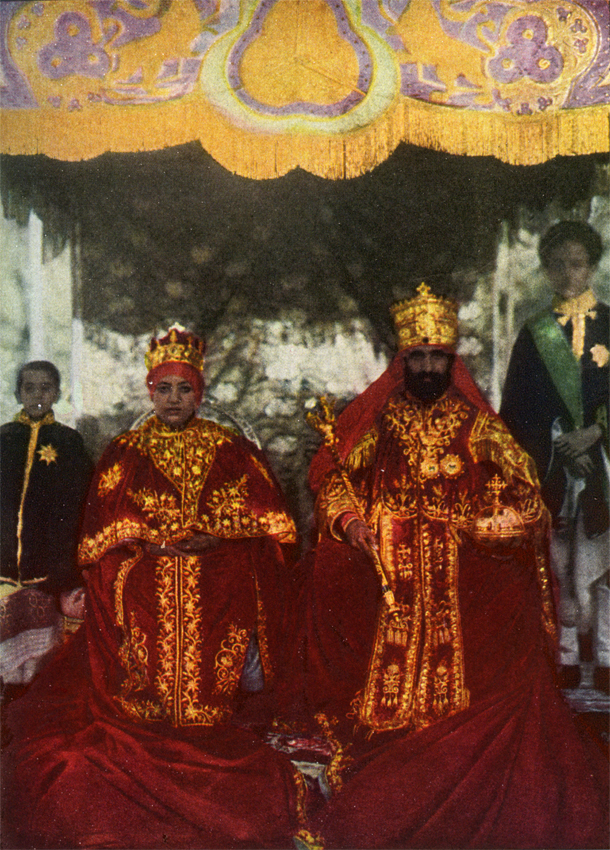
The coronation of His Imperial Majesty Haile Selassie
02 November 1930
ADDISON E SOUTHARD, United States Minister to Ethiopia, was commissioned by National Geographic to cover the former Ras Tafari succeeding to the world’s oldest continuously sovereign throne. His report appeared in the edition of June 1931 and was a major source of information for the emerging Rastafari movement in Jamaica.
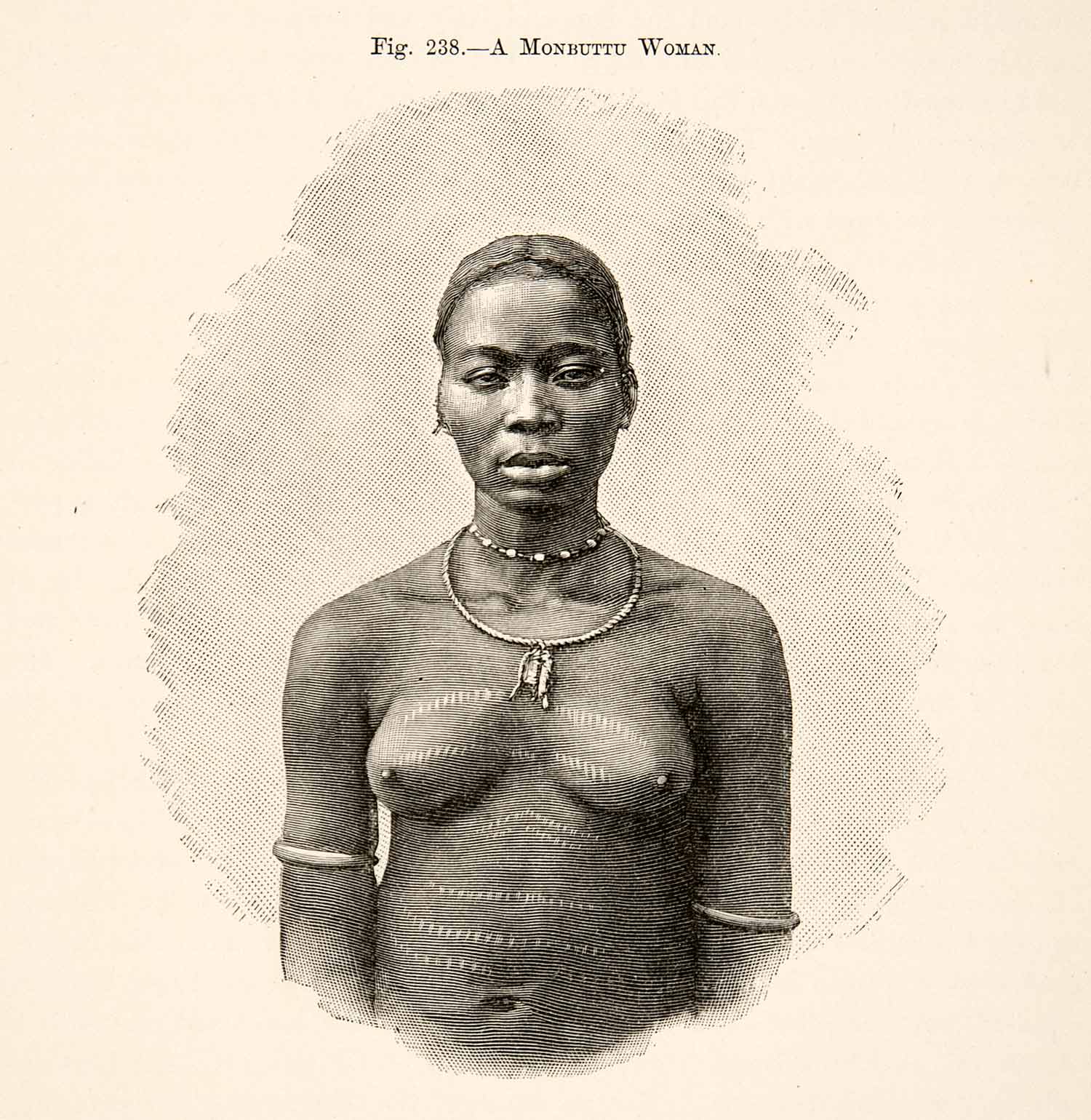
A young woman is traded into slavery
30 May 1797
IN THIS excerpt from Mungo Park’s Travels in the Interior of Africa he describes how a sick slave is traded for a young woman who suddenly finds herself attached to the slave coffle
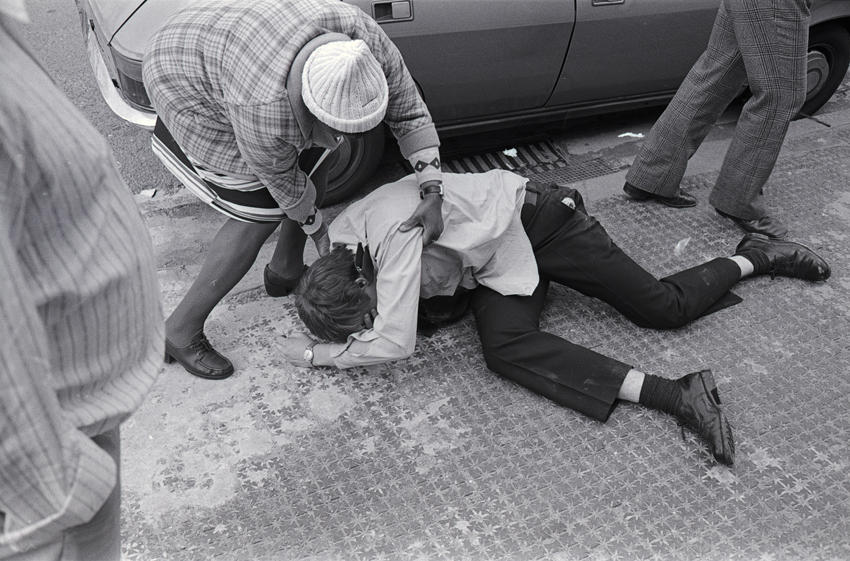
Policemen hurt in night of violence
05 May 1980
ON THE Spring Bank Holiday 1980 (May Day) John Reardon and I were working at the Sidelines office in Grove Lane. There were a few people on the corner opposite where the local betting shop was doing good business. Suddenly a police panda car screamed to a halt outside the shop and two policemen attempted to arrest a young black man. A crowd quickly gathered. We were watching from the upstairs window of our building. The crowd surrounded the policemen who were holding their suspect and moments later the two police lay on the floor and the crowd melted away.

Mungo Park: Travelling with the slave coffle
19 April 1797
IN THIS excerpt from Travels in the Interior of Africa, Mungo Park describes the composition of a slave coffle, which includes merchants, free men, their wives and domestic slaves, a schoolmaster, thirty five slaves for sale, and six Jilli keas – singing men – who served to keep spirits up as well as entertaining hosts along the route.

Lady Nugent: Breakfast in the Creole style “as astonishing as it was disgusting”
01 February 1802
“I OBSERVED some of the party, to-day, eat of late breakfasts, as if they had never eaten before – a dish of tea, another of coffee, a bumper of claret . . . sangaree, hot and cold meat, stews and fries, hot and cold fish pickled and plain, peppers, ginger sweetmeats, acid fruit, sweet jellies – in short, it was all as astonishing as it was disgusting.”
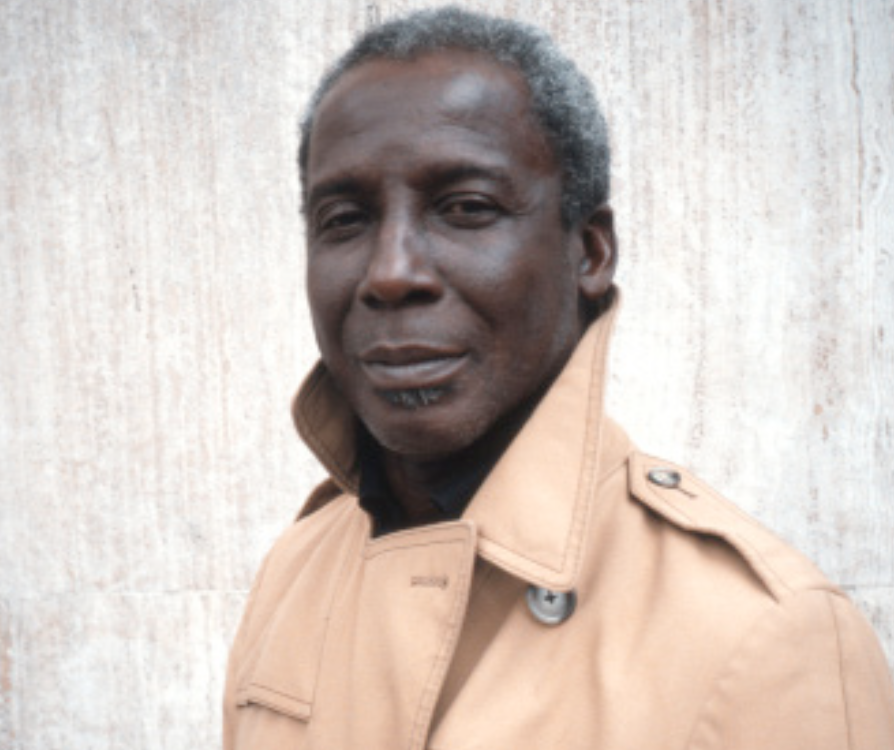
Professor Rex Nettleford Obituary
03 February 2010
PROFESSOR Rex Nettleford, who has died aged 76, was an academic, scholar, dancer, social commentator, editor, cultural activist and Vice Chancellor Emeritus of the University of the West Indies who made a massive contribution to redefining Jamaican national identity in the post colonial era.

Marcus Garvey: Gentlemen, will you let the tiger loose?
17 June 1923
IN JUNE 1923, Marcus Garvey was convicted on federal charges of mail fraud in connection with the sale of stock in the Universal Negro Improvement Association’s Black Star Line. Sentenced to five years imprisonment, Garvey delivered his last address while on bail pending an appeal before a crowd at Liberty Hall in New York City. It is a wonderful piece of oratory and ends with this defiant assertion: “I repeat that if they think they can stamp out the souls of 400,000,000 black men, they make a tremendous and terrible mistake. We are no longer dogs; we are no longer peons; we are no longer serfs—we are men.”
